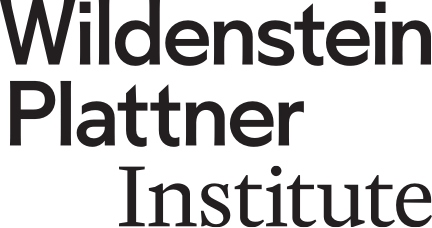
Ultraviolet, Infrared, Visible light & Topography
After a scan benefit from ultra high definition interactive images under Visible light, raking light, Ultraviolet, Near Infrared and Topographic View.
Reveal the materiality of the artwork and zoom into details not visible for the naked eye.
Allowing for unlimited consultation time without exposing the work to any more light.
Scanning an artwork gives you access to:
An ultra-high resolution interactive image
The "digital twin" that you can zoom, tilt, move and relight from any angle
A set of ultra high definition 2D images
in Visible, UV, Near Infrared Light and Topographic view
Condition Report & e-Catalogue
Digital and video condition report & e-Catalog creation tool

Interactive multi-spectral exploration
Thanks to the "split view", a unique tool developed by Artmyn, analyse any detail & the signature under different lights, at the same time.
Determine the condition, discover the restorations, the sketches, repentances and preparatory drawings.
Allow experts, committees, curators or restorers to explore the work on a screen, to move and tilt it as if they had it in their own hands, even from a distance.
Compare very precisely different paintings from the same artist
New generation condition report
In collaboration with restorers based at the Geneva Freeport, ARTMYN developed a new generation of interactive Digital Condition Reports (DCR) where all the specificities of an artwork can be illustrated in a highly detailed and interactive manner, using visible, Infrared and UV light spectrums as well as topographic view.
Reports created online can be securely shared and consulted from any device and can be consulted as an interactive viewer or as video.
They trust us
How to get started ?
Contact our client service: contact@artmyn.com






